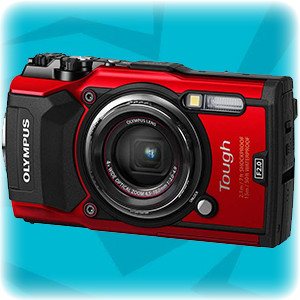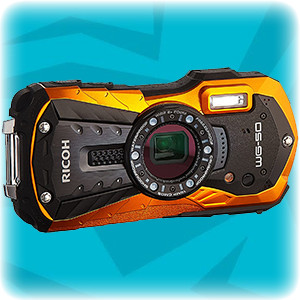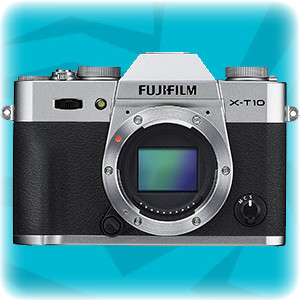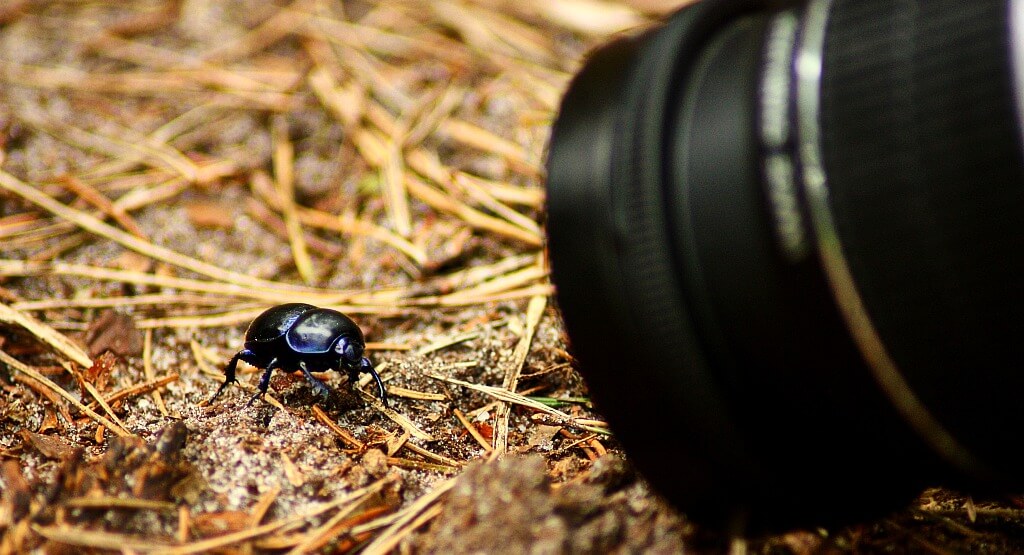
As far as photography sub-genres go, macro photography has gained quite popularity in the last few years and I have nothing but praise. I have tried to do it and I can say that it is extremely fun. The main purpose of macro photography is capturing and bringing out the finest detail of your subject, which might look pretty easy but it is quite challenging, to be honest.
There are millions of subjects you can try with macro photography including insects, flowers, various fauna, skin details, stones and so much more, it is all left to your imagination. You just got to go and capture the true close-up and personal beauty of your chosen subject.
To achieve the best macro photography results, most people think that the lens is the most important thing you need. Yes, it is, up there at the same level as the camera. I should mention that without the camera even if you have the perfect 1:1 ratio lens your results will not be on the desired level. For that reason today we will take a look at the best cameras for macro photography.
On top of that, we will check out what makes a camera good for macro photography and some general tips about macros. I have written this guide based on my personal experience, expert consultation, and market research, I hope you like it. Let’s get on with it.
| Image | Product | Rating | Price |
|---|---|---|---|
Best For Travel 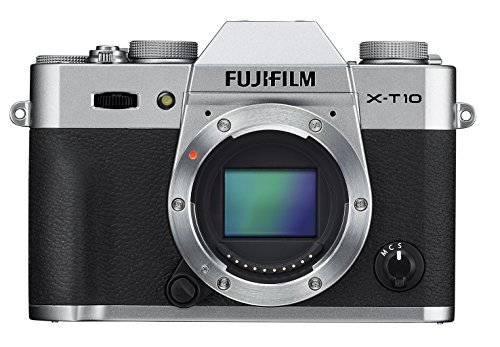 | Fujifilm X-T10 | 10 | Check Price On Amazon |
Best Zoom  | Sony DSC-RX10 III | 9.8 | Check Price On Amazon |
Best Sensor  | Nikon D7500 | 9.6 | Check Price On Amazon |
Best Compact Camera 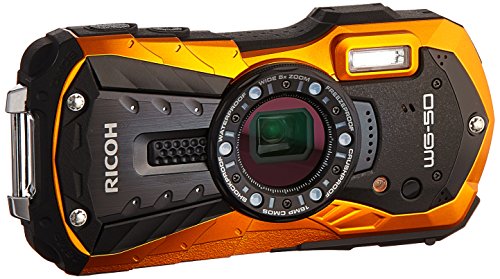 | Ricoh WG-50 | 9.5 | Check Price On Amazon |
Best For Underwater  | Olympus TG-5 | 9.2 | Check Price On Amazon |
The 5 Best Cameras For Macro Photography
5. Olympus TG-5
I am going to kick off this list with one of the most interesting options in the market, the Olympus TG-5. This is a compact point-and-shoot camera that is super durable and can handle every scenario, counting in the most extremes. While it won’t replace your DSLR camera it is a great one for our purpose, macro photography.
It is a great outdoor camera that delivers a good performance with its 25-100mm lens with a maximum aperture of f/2.0 which is pretty unusual for this type of device. I also found out that it can shoot 20 frames per second in burst shooting and it is the best in that aspect.
It has a 16MP sensor that delivers perfect performance on the smaller sensor of this device, making it a superb pick for macro photography. It is also extremely durable as it can go up to 45meters underwater and it is crushproof up to 100kg of force. Counting in its small form factor and its macro shooting performance, this is one of the most attractive options.
4. Ricoh WG-50
Moving on we have another point-and-shoot model coming in, the Ricoh WG-50. This camera is one of the most durable cameras in the market as it is shockproof, waterproof, freezeproof, and crushproof, also pretty small and pocket size. Taking in its ability to take great photographs, you will see why I love this camera.
This is an action camera, to be honest, and you will see from its rating of waterproofing up to 14 meters of depth, shockproofing against falls up to 16 meters and freezeproofing down to -10 degrees celsius, this beast can hold itself against different scenarios. I should also mention that this camera is pretty small measuring 61.5×122.5×29.6mm and weighs just 193 grams in total.
It is packed with a four-thirds 16 megapixel CMOS sensor that is combined effectively with a 5x optical zoom with a wide-angle. The display and the live view performance of this camera are rather good and work perfectly. It allows you to focus on subjects that are just 1cm away from the camera and with perfect results at that.
3. Nikon D7500
Coming up next we have an old model from Nikon’s lineup the D7500, which besides being an aged model it delivers perfect value for its price and great performance in various scenarios. If you are serious about photography, this is one of the best models along with the number one pick to teach you photography properly.
This one is a DSLR model that was launched as a premium enthusiast-level DSLR camera that became one of the favorite options of professionals. It is equipped with an APS-C CMOS sensor with 20.9 megapixels, and it can capture 4K video without any problem. I should state that the ISO range of this camera spans from 100 to 51,200 natively and it does so without any noise.
This camera also weighs a modest 640 grams in total and it has a good handgrip giving you plenty of ergonomics. I should also mention that this camera has a 51 point autofocus with 15 cross-type points and different modes to deliver you perfect performance for macro photography.
2. Sony DSC-RX10 III
The runner up on this list is an interesting camera coming in form Sony, the DSC-RX10 Mark III. Before moving on I should mention that this camera is packed with tons of features that will help you achieve the best photography and even 4K video which makes it pretty versatile and multi-purpose.
Let’s start by mentioning that the Sony DSC-RX10 III is packed with a wonderful and fast 24-600mm Zeiss lens which works wonders with the 1-inch 20.1MP CMOS sensor. This lens has an aperture of f/2.4-4 zoom which is pretty good and I haven’t seen anything quite like it later in the market. The camera also has a 3-inch tilt-angle display which has a 1,288K dot resolution.
The ISO range of this beast spans from 100 to 12,800 and it can be expanded up to 25,600, without forgetting I should mention that it keeps the noise at a minimum. Overall I can say that it is one of the most excellent options for macro photography and not just that, this camera can do it all.
1. Fujifilm X-T10
On top of the list, we have an excellent camera coming in from Fujifilm, the X-T10. This camera ranks at the top of this list since when combined with the appropriate lens this camera will shoot up the best photography for smaller objects.
I should mention that this camera has an amazing build quality and a perfect design, and while it is not weather sealed it will get the job done. One of the biggest selling points of the Fujifilm X-T10 is that it has a wide range of manual controls that give you perfect creative control over your image. The LiveView mode is also pretty good and I think that overall it will work perfectly in most scenarios.
This camera has a good dynamic range and it has general-purpose multi-zone metering that will keep your images pretty bright and pleasant overall. On top of that, it has various Fujifilm Film MOdes that work wonders and will help you achieve the best macro photographies. In addition to that this camera will perform wonders for different photography as well.
You Might Also Be Interested In:
- Best Nikon D7100 Lenses
- Best Music Video Lenses
- Best Music Video Cameras
- Best DSLR Cameras With Wireless
What Makes a Camera Good for Macro Photography?
There are millions of cameras out there, and each delivers different qualities compared to the others and there are some telltale signs from which you can know if a camera will be good enough for macro photography. Also if you stick to these tips you will get a great macro camera now and in the future without any hassle. Let’s dive deeper.
Sensor
The first and foremost factor you should check in a camera, for macro photography or otherwise is the sensor. This doesn’t mean just checking its megapixels, but checking its sensor size. While a larger sensor will deliver better and sharper images overall for macro photography you should refrain from full-frame models. APS-C or micro four-thirds sensors are your best choice since they allow you to get close to your subject while still having a longer lens. While I am a big fan of full-frame sensors and love them, you have to give credit to smaller lenses here, especially for macro photography.
Lenses
I want to touch on the lens factor of the camera, since after the camera and sensor itself it is the most important ingredient in macro photography, and without a good sensor macro photography is not possible. The most important feature you will need from a lens for macro photography is the 1:1 magnification. This feature will allow you to capture the subject in its true size. Minimum focusing distance is more than important here, as it will be a sign telling you how close will you be able to get to the subject while still keeping the correct focus.
This is not as important for DSLR or mirrorless interchangeable lens system since you can swap out lenses and get the one that suits macro photography mostly. However, if you choose a point-and-shoot model you will need to make sure that the lens can handle macro photography. You might think that point-and-shoot or compact models can’t achieve macro photography, but you will be surprised to see as most of them are pretty much excellent in this type of photography. They have smaller sensors, allowing you to get closer to the subject and some of them even have dedicated macro shooting modes, which will come in pretty handy.
If you own a nikon camera, i recommend you also take a look at our nikon macro lens roundup, because as you know, the lens plays a big role in macro photography.
Display
This might sound pretty surprising since most photographers don’t pay that much attention to the display of their camera. However, for macro photography, you should check the display of the camera, mainly it is quality and its Live View performance, which will take place of the viewfinder. It would be pretty hard taking quality photographs just by using the viewfinder for macros, a good Live View and display are a must for this.
ISO
You will see that I mention ISO in different camera buying guides, and for a good reason. It is one of the most important performance parameters of your camera, and without good ISO performance, your camera will probably suck, for macro or otherwise. I should also mention that the ISO of your camera controls the sensitivity of the sensor toward the light. The higher you go in the ISO range the higher the sensitivity. This translates into better performance in different light conditions, especially for low light conditions, without using any artificial light. While some might say you should go as high as possible, for macro photography, a camera that can handle 3200 ISO without any digital noise or grain will be perfect.
Weight and Durability
The weight of your camera is also an important factor here, while it might not be as important as the ISO or the sensor, it is a factor that you need to consider. This is because for macro shooting you will have to get pretty close to the subject with your camera and hold it there for considerable amounts of time until you get your shot that is. Having a lighter camera will help you get the best experience without having tired arms at the end of the day.
In this category, I can put the durability of the camera as well. Since most of the macro photography scenarios will be outdoors in the wild, you should have a camera that can withstand the outdoors and accidental drops. Weatherproofing is nice to have and a durable body is the most.
If low weight is important for you, then i would recommend you consider a point and shoot camera. There are some great point and shoot cameras under $300 that can be used as macro photography cameras if you have the skills.
Frequently Asked Questions
What is the best aperture for macro photography?
If you compare it with the normal ideal depth, you will see that it is pretty shallow for macro photography. So for that reason, the best aperture number for macro photography ranges from f/5.6 to f/11. This will allow you to get the best results when it comes to macro photography.
Do I really need a macro photography lens?
While it is not absolutely necessary, as you can achieve macro shots even without a proper lens, I have to tell you that the results will not be as desirable. This will depend on what you consider good, but if you check the most industry standards, it is a must to at least have a camera that can deliver 1:1 magnification and a good enough focal range of at least 60mm, and that is the bare minimum.
Verdict
There you have it, your guide on buying the nicest camera for macro photography. If you follow the criteria above you won’t make a mistake when buying a camera for macro photography. Also don’t forget to check out the top-picks, since those are the best options in the market, and are fail-safe choices. Now go on and take some beautiful macro shots.

Wedding Photographer
From nature to urban landscapes, my camera is my tool for expressing my creativity and telling stories through my lens.
